



Featured image: Installation Speed. Public Space Exhibition Plattform Bohnenstrasse in Bremen September 2006. Aram Bartholl.
Pole Position, Outrun, F1 Racer and Need for Speed are some of the countless racing games that have attracted artists to explore a world of speed and burning rubber. In 2004 Cory Arcangel hacked the old Japanese Famicom driving game F1 Racer and removed, in the same way as he did in Super Mario Clouds, cars and other objects so that the only thing that remained of the game was the road and the landscape rushing toward the viewer.
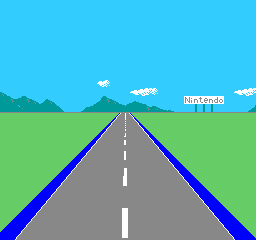
Hacking and modifying videogames is one artistic approach, another approach in Game Art is to transfer virtual objects into real objects. The Swedish artists Simon Goldin and Jakob Senneby in an exhibition called Objects of virtual desire (2005), introduced virtual objects from players in Second Life. The object was then reproduced as physical art as limited edition in an exhibition, exploring immaterial production in a virtual world and how this can be transferred into an economy of material production. “Objects of Virtual Desire exploits the augmented value of immaterial objects to create and market tangible products, thereby reversing the process and highlighting the materiality of the immaterial.” Goldin & Senneby.
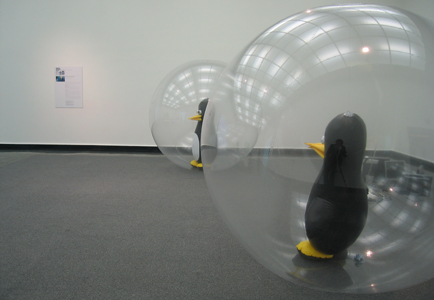
In a similar way both Aram Bartholl and Brody Condon have used virtual objects from Speed racing games. In Speed (2006) Bartholl made a 1:1 scale sign with red flashing arrows and placed the sign at a street in Bohnenstrasse in Bremen. The model to the arrows had he found in the game Need for Speed Underground NFSU where the red blinking signs leads the player on the right track. Condon on the other hand made an exact replica of a Lamborghini Countach from 1985, a model that he found in the game Need for Speed. The big different was that the car was made of plastic branches and there was only the outline of a car, in a 3D program you would say it was the wireframe of a car. What Bartholl and Condons does is that they investigates and problematizes the borderline between the virtual world and the reality by moving virtual and real objects between these two worlds. Worlds that today are more and more integrated and harder to distinguish.
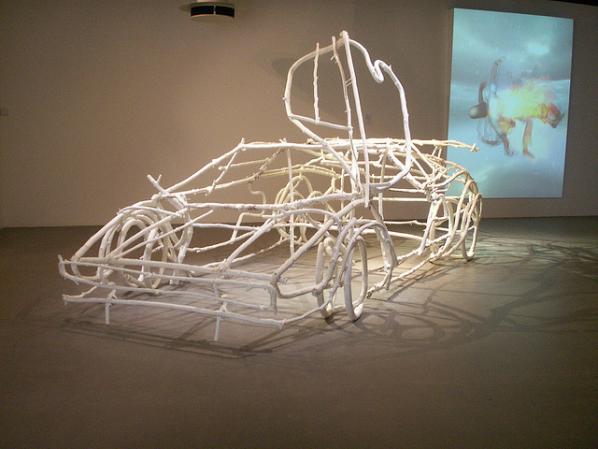
The Dutch artists Marieke Verbiesen is also mixing elements from the virtual and real world in her work Pole Positon. Pole position was a racing game released in 1982 by Namco and was one of the first games to use the rear-view racer format, where the player’s view is behind and above the vehicle. In her installation the background in the game created by a realtime recording of a miniature landscape in perspective. Visitors can interfere in the landscape and be a part of the game by passing by the camera filming the landscape.
The ultimate combination of real and virtual game play is found in Garnet Hertzs work OutRun. Outrun was a game that was created by Sega 1986. Some arcade versions of the game were presented in a red sit down cabinet that looked like a car. Garnet Hertz has used this cabinet version as a model for his work and made a red real car where the front window is replaced with an aracde cabinet. With help of augmented reality the road ahead of you is an 8-bit video game, so at the same time you are playing the game you are driving down the road.
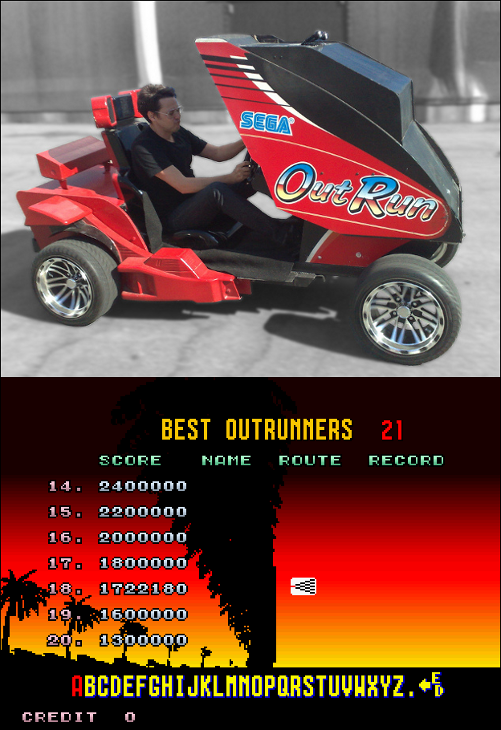
OutRun – Garnet Hertz. Images/video: http://www.conceptlab.com/outrun
“where game simulations strive to be increasingly realistic (usually focused on graphics), this system pursues “real” driving through the game. Additionally, playing off the game-like experience one can have driving with an automobile navigation system, OutRun explores the consequences of using only a computer model of the world as a navigation tool for driving.” Hertz
One thing that you could not blame racing games for is air pollution. In the installation “Colorless, odorless and tasteless” from 2011 this is exactly what you can blame Eva and Franco Mattes for.
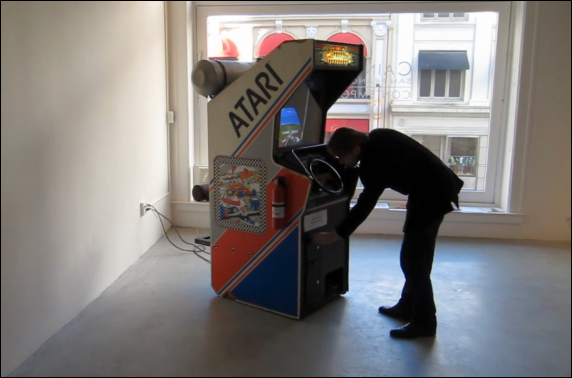
They modified an old Pole Position game and installed a real engine in the arcade cabinet. When the player is driving the virtual car on the screen the room is filled with carbon monoxide from the real engine. So the risk is not only that you run out of coins but you are also gassed.
More of Mathias’s reviews on Furtherfield & bio : http://www.furtherfield.org/user/mathias-jansson
Featured image: Landscape by Antoinette J. Citizen (2008-2010)
The Italian plumber Mario appeared for the first time in 1981 as a character in the videogame Donkey Kong, created by the famous Japanese game developer Shigeru Miyamoto. Two years later, Mario became the main character of his own game, and his fame grew exponentially. Approximately 200 different videogames have been produced where Mario has the lead role. In contemporary art Mario is also a popular personality and Cory Arcangel is the artist who has done the most famous works based on the videogame.
Super Mario Cloud is probably the most famous of Archangels’ Mario works. It was created in 2002 and was exhibited at the Whitney Biennial 2004. In Super Mario Cloud Arcangel has hacked and changed an old Nintenedo game cartridge so that the only thing that remains of the original game are the little white fluffy clouds that slowly scrolls by on the clear blue sky. Since Arcangel has taken away all of the game elements and interaction you can refer to it as an anti-game. You can also interpret the work as a renewal and a commentary on the art historical genre cloud painting that became popular during the 1800s, when the science of cloud formations and their appearance emerged.
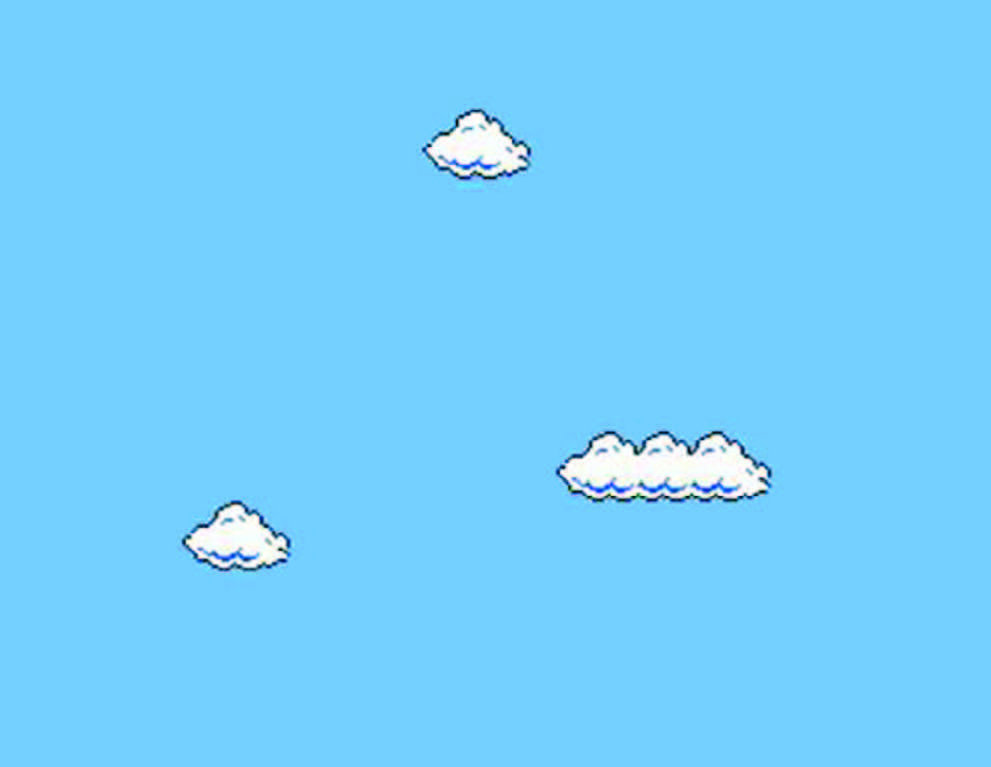
Super Mario Movie is a 15 minute video which Arcangel did together with Paper Rad in 2005. Again, this is a hacked cartridge of a Nintendo, and in the opening scene, you can read the following text:
“As a video game grows old its content and internal logic deteriorate. For a character caught in this breakdown problems affect every area of life.”
For Mario, it means that when his world grows older its graphic content and logic breaks down until he finds himself trapped in a nightmare where he falls head over heels down the screen in a changing fragmented world of psychedelic colours in which, among other things, a giant Mario head pops up. What Arcangel describes is the natural degradation process that eventually affects all physical storage devices from floppy disks, CDs to hard drives. When the stored information is getting corrupt by age it results in misreading with strange and illogical effects on the screen. It’s not just we human that are having problems when our cells and DNA are getting corrupt by age, even game characters could experience strange behaviors and diseases when their data ages.
Video: Naptime by Cori Arcangel (2002)
In the video Naptime (2002) we find Mario sleeping in his bed and above him is a dream cloud that consist of a psychedelic stream of characters and colours – the same effect which you can experience when you try to run old games that have become damaged or are using a computer with a broken graphic card. Just like in Super Mario Movie it seems like a nightmare is chasing Mario in Naptime. It is a world of corrupt code and information in which the game logic has broken down, a world that behaves as if it was infected by a nasty computer virus.
Video: SuperMario Sleeping by Miltos Manetas (1987)
The artist Miltos Manetas has also created a video with a sleeping Mario. In the three-minute long film Super Mario Sleeping (1987) we see how Mario gets tired and lies down and sleeps in the grass. Just as in Arcangel artwork the video is describing an anti-game. All the interactivity and stress in the game are removed and instead we experience a calm and meditative atmosphere. Philip K. Dick novel Do Androids Dream of Electric Sheep? (1968) comes to my mind. What is it that distinguishes a human from an android or a character in a video game? Can characters in computer games dream and, in that case, what are they dreaming of when we are not playing them?
It is now not only the character Mario who is interesting for artists, but also the objects in the game. The Australian artist Antoinette J. Citizen created in 2008 the interactive installation Super Mario Brothers Level 1-1 in which she transformed an art gallery into a Super Mario game. She painted the walls with different levels of the game and installed interactive boxes with question marks and bricks. The visitor could touched the boxes which then produced different sounds from the game. Citizen’s works are, like many other Game Art works, an example of how artists transfer the virtual game world into the real exhibition space.
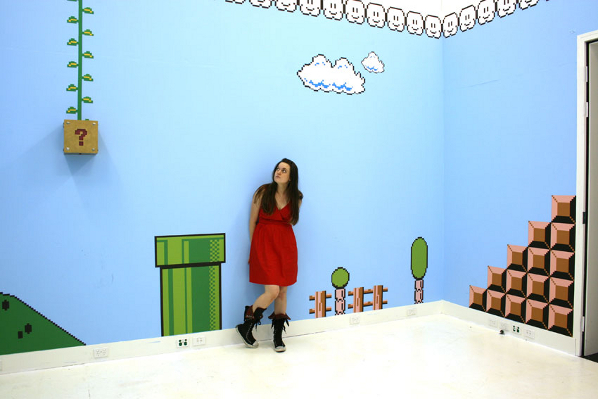
Mario is probably the most famous character in the videogame world. The question is if he is not as famous as Jesus? The Polish artist Kordian Lewandowski plays with the idea in the work Game Over. He has created a copy of Michelangelo’s famous Pieta sculpture but instead of a dying Christ in the arms of the Virgin Mary, we see Mario lying lifeless in the arms of Princess Peach. It seems that videogames with their own iconology and stories about the constant struggle between good and evil, in some degree, have taken over the role of religion when it comes to creating references and cultural contexts for people.
http://www.coryarcangel.com/things-i-made/supermarioclouds/
http://www.coryarcangel.com/things-i-made/supermariomovie/
http://www.artforum.com/video/mode=large&id=25370
http://www.supermariosleeping.com/
http://antoinettejcitizen.com/works/landscape/
http://wielkiartysta.pl/content/index.html